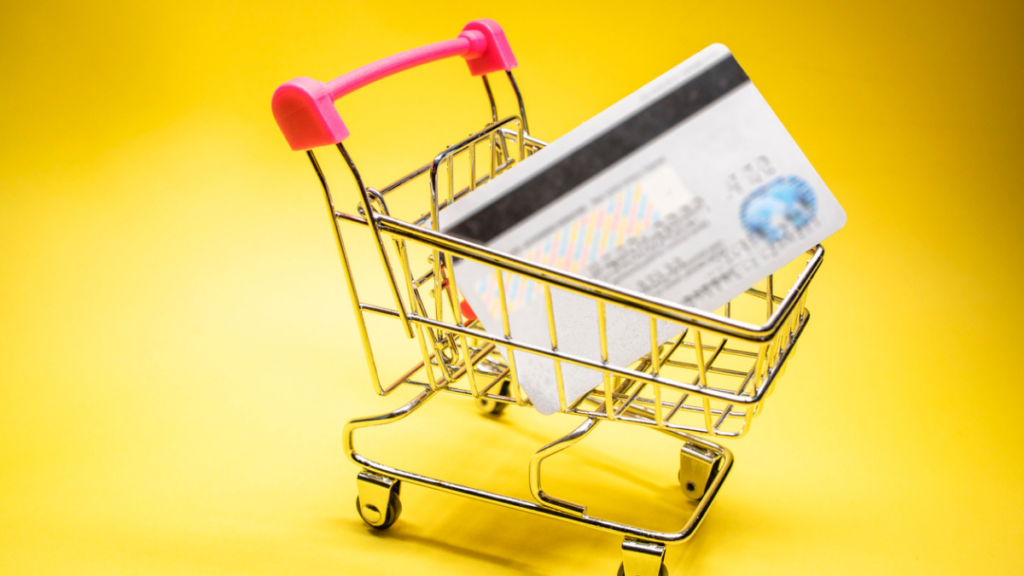By Jamie Clohesy, UK managing director of Yotpo
In 2022, brands are facing ever-greater challenges to capture consumers’ attention. The pandemic-accelerated shift to online shopping has increased ecommerce competition, and shoppers today are bombarded with marketing messages from all directions. Meanwhile, changes to privacy rules and third-party data are making it trickier than ever to know customers’ preferences to offer them more personalised, rewarding experiences.
Despite these challenges, some brands are managing to cut through the noise and achieve success. For instance, in January retailer Hotel Chocolat announced it had grown revenue by 37% thanks to strong brand position and multichannel strategy, while Marks & Spencer reported a record festive shopping period.
So what can other brands learn from their success? What Hotel Chocolat and M&S have in common is that they have focused on building customer loyalty. The importance of loyalty cannot be emphasised enough, because loyal customers offer greater lifetime value, as they’re more likely to repurchase again and again, and increasing loyalty is a highly cost-effective strategy: studies show that acquiring new customers is five times more expensive than retaining existing one.
There are more ways than ever to achieve this, such as benefit programmes and loyalty schemes that offer personalised rewards. However, focusing only on launching a new loyalty programme will not be sufficient; there are two overlooked methods of building loyalty that marketers must prioritise.
The first is emotional loyalty. Typical loyalty schemes focus on the value exchange between the brand and customer, but building emotional loyalty goes beyond this. It aims to bring the consumer closer to a brand by creating trust and belief in the brand’s vision and purpose. That means having your brand stand for something, whether that’s giving back to a community, caring for the environment, or taking a stance on political topics.
To build emotional loyalty, brands must demonstrate values that consumers identify with. This is critical to win over Gen Z and Millennial shoppers, who are typically more vocal about social issues and will “vote with their wallets” regarding whether brands match up to their values: in fact, a report by research firm Weber Shandwick found that 83% of consumers favour positive activism – they show support for companies by buying from them, rather than merely avoiding those they disagree with.
Brands can demonstrate their values through loyalty programmes. For instance, the sustainable fashion brand tentree, which plants ten trees for every item purchased, created Impact Wallet so customers can track how many trees they’ve helped to plant and what impact they’ve made on the environment. The brand reinforces its values by demonstrating how customers are playing an active role in fighting climate change, while also building customer loyalty.
Another area for brands to prioritise is leveraging user generated content (UGC). By featuring customer reviews, testimonials, feedback and social media posts in their communications, brands can further build trust with consumers.
UGC has an important role to play today. Given the increase in online shopping, customers cannot physically try items before buying, but UGC can go beyond a product description to tell shoppers what a product is really like. In clothing, for instance, reviews can describe how an item feels, how well it fits, what it looks like on different body shapes, etc. Photos can also help instruct and inspire prospective buyers. A great example of this is Mammut, the clothing brand for mountain sports enthusiasts. On its website, Mammut displays a large number of photographs and video documentaries in the ‘community’ section of its website that show how its products are used for mountain adventures.
Sharing this information also helps customers make a more informed purchase and should reduce return rates, which otherwise put a dent into a brand’s revenues. As such, brands need to capture what customers are saying about their products and present it natively on their site. Doing so also shows a level of transparency about a brand’s products that can foster greater trust and loyalty with customers.
Brands who fail to embrace UGC are missing out. Combined with emotional loyalty, these two factors can strengthen the relationship between a brand and its community. Investing in UGC and building emotional connections is essential to customer retention and encouraging a shopper to visit the brand’s website and stores again and again, and there are technology partners who can help marketers build loyalty and create this positive loop.
2022 will be full of challenges, but marketers and brands should not fret. There is untapped potential for brands to increase retention and loyalty by adopting new strategies, and ultimately make the year a success.









